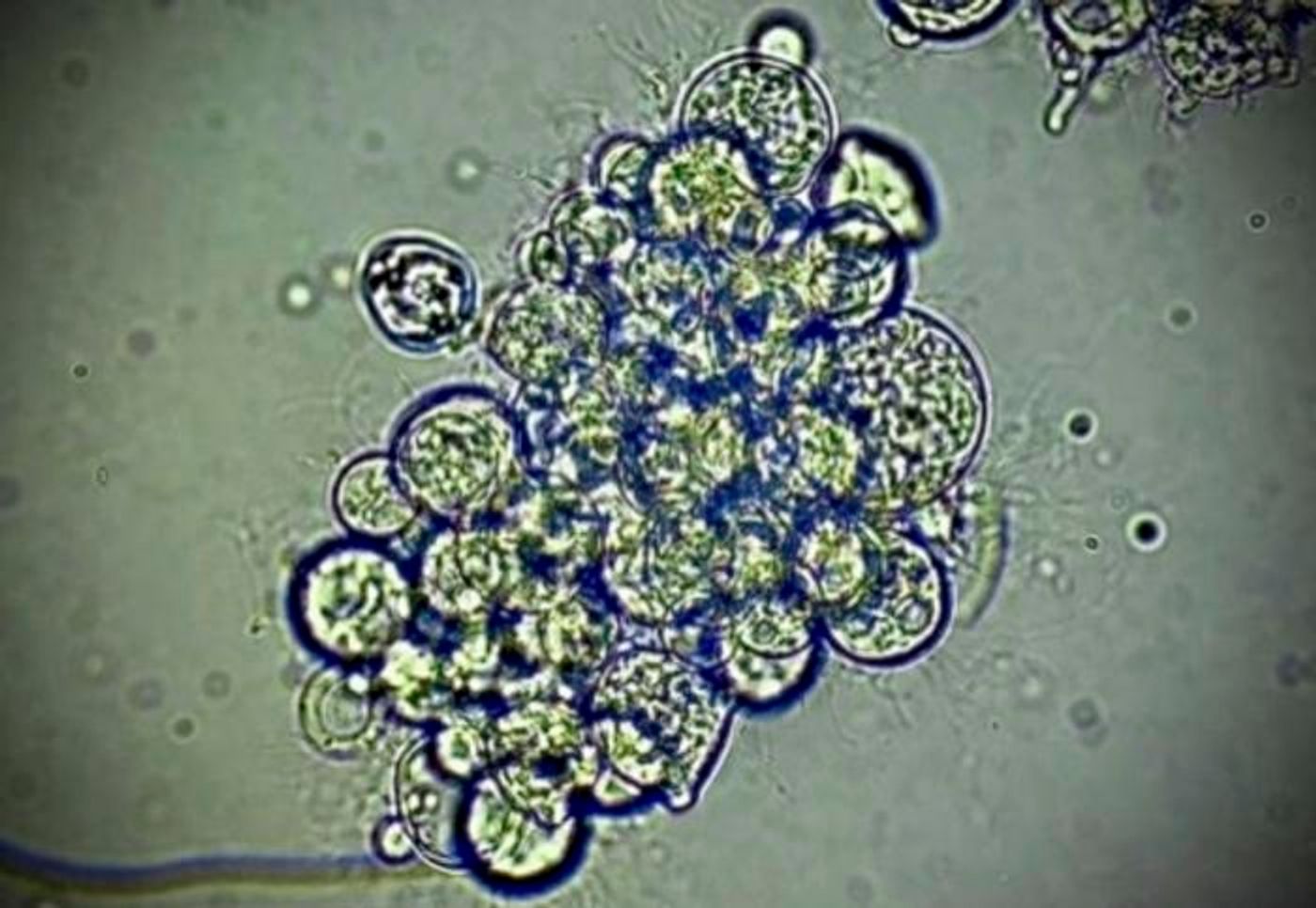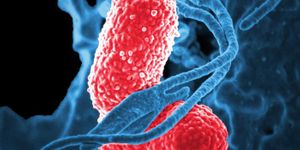A Fungus is Decimating Amphibians. Can a Virus Save Them?
Frogs and toads around the world have been devastated by Batrachochytrium dendrobatidis (Bd), a fungus that causes the disease chytridiomycosis. This fungus is thought to have destroyed or eliminated hundreds of species of amphibians around the world. Bd generates fungal spores that can spread in water, and the keratin layer of amphibians is infected. Infections cause a variety of symptoms, but the animals' skin is affected, and heart failure eventually occurs. Scientists have now discovered a virus that infects Bd fungus, and might eventually improve the outlook for amphibians. The findings have been reported in Current Biology.
Frogs and amphibians are a crucial part of our ecosystem in part because they help control insect populations. Losing them could be terrible for us. "They're also the canary in the coal mine of climate change. As temperatures get warmer, UV light gets stronger, and water quality gets worse; frogs respond to that. If they get wiped out we lose an important environmental signal," noted study co-author Mark Yacoub, a graduate student at University of California - Riverside (UCR).
Bd was first identified about 25 years ago, and since then, its emergence been described as 'catastrophic for biodiversity' and an "amphibian apocalypse."
Yacoub and UCR microbiology professor Jason Stajich investigated the genetics of Bd, and how strains from various geographical regions differed. This work revealed genetic material in some samples that did not match the fungal DNA. "We realized these extra sequences, when put together, had the hallmarks of a viral genome," Stajich said.
The fungus itself is very challenging to raise in the laboratory, and while scientists have looked, no Bd viruses have been found before this.
"It is also a hard fungus to keep track of because they have a life stage where they're motile, they have a flagellus, which resembles a sperm tail, and they swim around," Stajich said.
This virus that was found o tinfect Bd, which the researchers called Bd DNA virus 1 (BdDV-1) is also a bit unusual because it is a virus with a DNA based genome, instead of an RNA genome like most other fungi-infecting viruses
Only some Bd strains carried this virus. The researchers also found that the fungi carrying the virus were behaving differently than those without it. The infected fungi generated fewer spores and did not spread as quickly. "But they also might become more virulent, killing frogs faster," Stajich said.
Now the researchers want to know more about how the virus works and what it does to the fungi that are infected with it. If the virus is going to be used to help amphibians, Yacoub noted that we have to fully understand it first.
For now, some amphibian species seem to be building natural resistance to Bd. "Like with COVID, there is a slow buildup of immunity. We are hoping to assist nature in taking its course," Yacoub said.
Sources: University of California - Riverside, Current Biology









